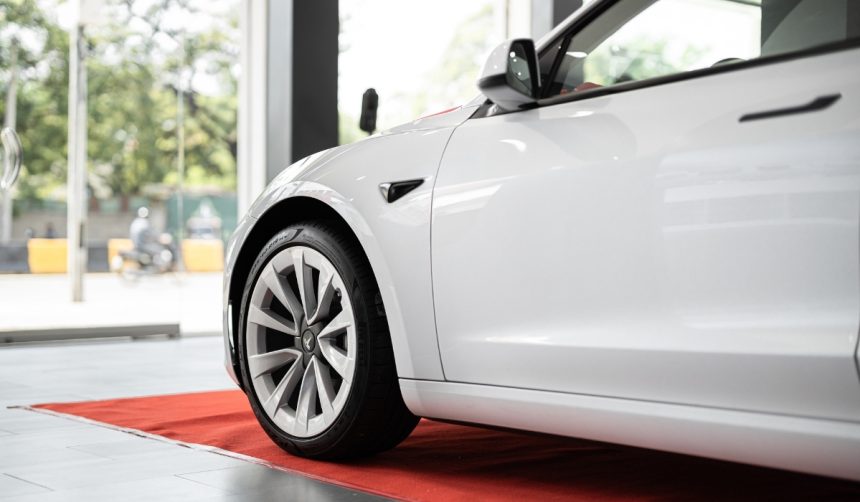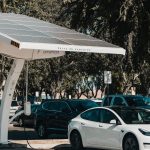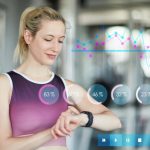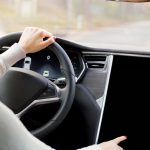The intersection between robotics and neurotechnology often sparks anticipation, but recent comments from Neuralink’s Head of Surgery have turned speculation into real expectation regarding a possible collaboration between Neuralink and Tesla. The companies are discussing the potential for a direct interface between Neuralink’s implantable brain-computer devices and Tesla’s Optimus humanoid robots. This idea, if brought to practical trial, could allow people with Neuralink implants to control Optimus robots purely using neural signals, opening up significant utility for patients with severe motor impairments. While the companies have not confirmed a date, hints suggest such trials could begin shortly after Tesla’s planned Optimus production. Industry observers are now watching for official news as both technology and medical communities consider the implications of this collaboration.
Earlier reports surrounding Neuralink’s work focused on initial human recipients demonstrating the ability to move a computer cursor or control basic devices by thought alone. What distinguishes the latest development is the step towards robotics, implying more complex, real-world interaction than previous demonstrations. Former coverage placed more emphasis on the risks and ethical questions, while attention has now shifted to technological integration and the pace of progress. Tesla’s Optimus robot was previously showcased only in controlled factory settings, but Neuralink’s involvement expands interest into the medical and personal assistance sectors, reflecting a broadened vision for both companies that departs from previous, narrower announcements.
How Has Neuralink’s Brain Device Performed?
Neuralink has publicized recent achievements with its Telepathy device, showing Alex, the second participant in the PRIME study, successfully operating household tools through a robotic arm managed by brain signals. This use case hints at new possibilities for individuals with paralysis or other physical limitations. With such user-controlled robotics, Neuralink positions itself at the intersection of restorative medicine and machine learning, facilitating new types of autonomy for its users.
What are the Expectations for Tesla Optimus Collaboration?
Speculation about integrating Neuralink’s technology with Tesla’s Optimus V2 and potentially V3 robots is mounting. The companies’ representatives suggest that simple trials may begin earlier than some anticipate, with more advanced models enabling increasingly sophisticated forms of neural control. This notion was supported by a statement from Danish Hussain, Neuralink’s Head of Surgery Mechanical Engineering:
“We’re starting simple, but this will happen very soon!”
The implication is that future Neuralink patients could operate Tesla’s humanoid robots, transforming not only household tasks but also rehabilitative and assistive technology applications.
Who Has Spoken about the Scope and Scale?
Elon Musk, CEO of Tesla and Neuralink, addressed the company’s current scale and ambitions in a public statement, saying:
“Neuralink is small a pretty small company.”
This underlines that, despite increasing public attention and industry speculation, Neuralink remains a comparatively modest operation. Nevertheless, the ongoing trials and anticipated partnerships demonstrate a commitment to tangible outcomes, rather than mere concept presentations. Both Musk and Hussain have emphasized the iterative nature of their work, signaling that while expectations are high, progress will progress through carefully staged trials.
The implications of direct mind-controlled robots from the partnership between Neuralink and Tesla are gaining significant attention beyond technology circles. If the integration proceeds as suggested, it will mark a practical leap in human-machine interfaces, particularly in accessibility for disabled users. As the field continues to evolve, questions remain about long-term efficacy, data privacy, and economic scalability of consumer-ready mind-controlled robotic solutions. For readers following advancements in neurotechnology, these developments offer opportunities to consider not just technical feasibility, but also real-world use, regulation, and accessibility hurdles. Those interested in robotics and brain interface research may want to follow the progress of Tesla Optimus and Neuralink’s device use in clinical and industrial environments, as their collaboration could drive further research into personalized assistive technologies.










